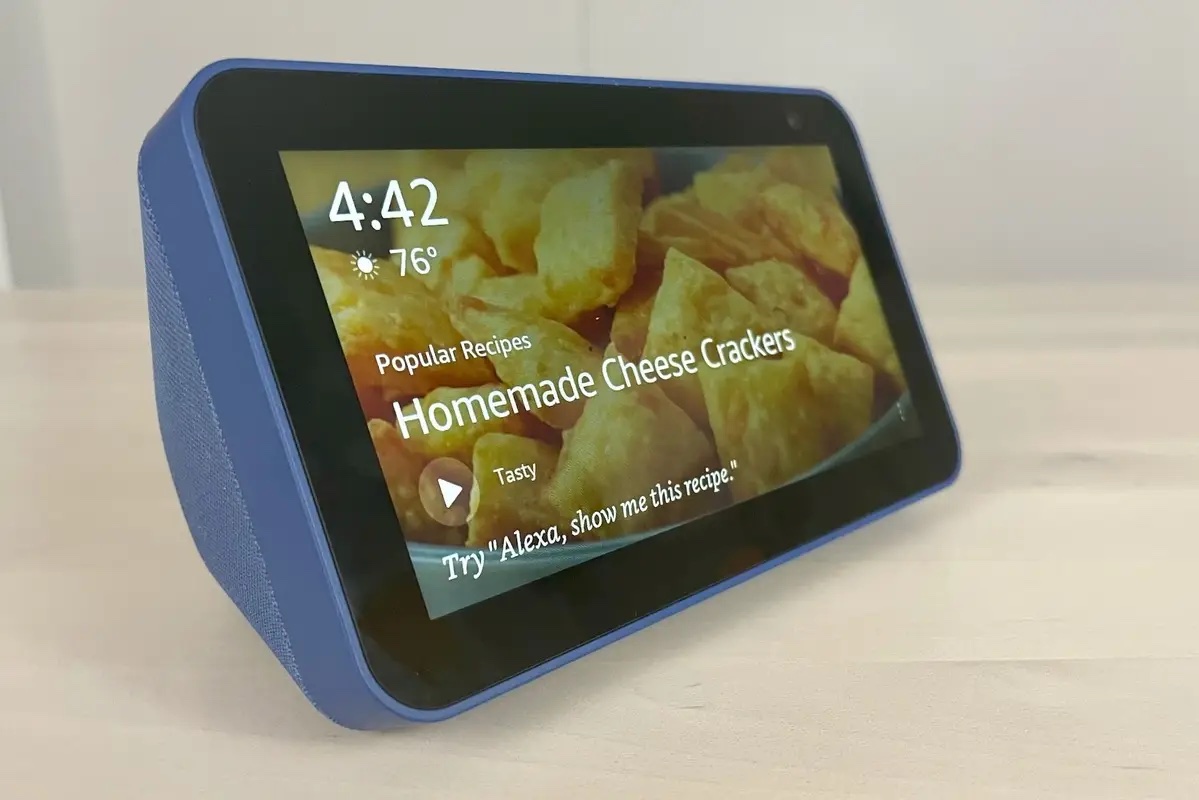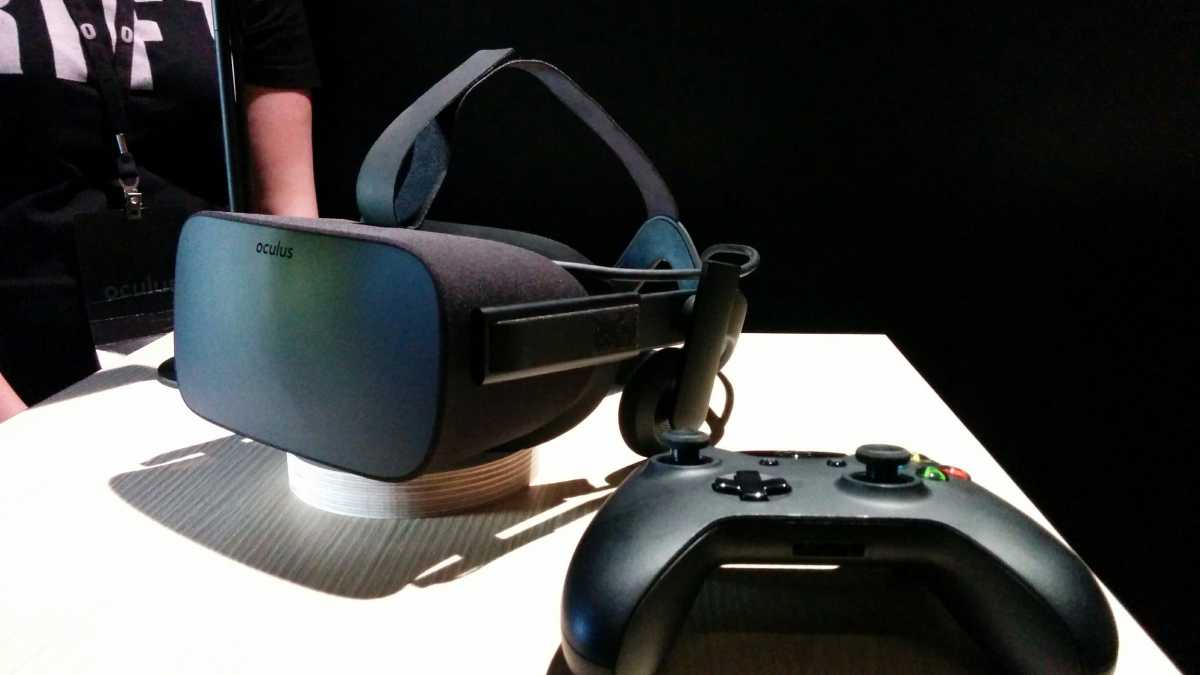Last week’s strange news tidbit: the full-size HomePod, that most recent of Apple’s perhaps misguided product choices, is going at a premium on the resale market after having been discontinued back in spring 2021. It’s odd but not inexplicable. As my colleague Jason Snell pointed out, the HomePod was a case of Apple making trade-offs that ultimately appealed only to a niche audience—but a niche audience that was very excited about it.
The lesson I take away from all this is that though the full-size HomePod was not necessarily a market success, Apple should be willing to take risks on product categories that may not be obvious crowd-pleasers. Macs, iPhones, iPads—all of these are established products these days, ones that the company can count on selling in droves when they release updates every year or two. They’re easy and, if I can be excused for saying so, boring.
But the weird one-off products? The kind that seem destined to be appreciated by the few? Those are the places where you never know when you might find a hit.
The HomePod’s big again
The full-size HomePod wasn’t a hit. That’s fine: the HomePod mini seems to be doing quite well, all things considered. The question is really whether Apple will put out a product to fill the void left by the mini’s big sibling.
One frequently floated suggestion is that a HomePod with a screen, à la Google’s Nest Hub or Amazon’s Echo Show, might be in the works, and that’s fine—but it’s a little obvious. On the other side of the fence are the rumors that Apple is working on a successor to the HomePod that integrates a camera for FaceTime calls and connects to your TV.

Making a HomePod that’s similar to devices like the Amazon Echo Show seems a little too obvious.
Ben Patterson/IDG
I love this idea. It’s definitely weird: are people going to replace their set-top boxes just to get a camera for making video calls? It sure doesn’t seem like it. But that’s not to say that it won’t have appeal. Frankly, there’s just nothing else that fills that exact space in the market. Sure, you have standalone video conferencing utilities like the Meta Portal, but, well, it’s a bit creepy. On the other hand, something that serves as both a set-top box and has a camera—probably with Center Stage—and a built-in FaceTime app, well, that sort of appliance-like device might be just the kind of thing to win over consumers. Especially with Apple’s privacy-conscious marketing in the mix.
Add in HomePod functionality of some kind—perhaps as a soundbar component—and you’ve got a device that easily fills the needs of having several other devices. Maybe there’s something to this idea, wild as it is.
Multiple realities
Even though the indications seem to point to this device actually arriving as early as this year, I’m including Apple’s AR/VR headset in the “let’s get weird” department, for the simple reason that I have absolutely no idea what Apple expects consumers to get out of it.

VR headset companies have been touting games as their primary use, but Apple will need to take a different approach with its rumored headset.
Hayden Dingman/IDG
Augmented and virtual reality devices aren’t new, of course. But though they’ve grown in popularity, the most common use for things like the Oculus and HTC Vive have overwhelmingly been games. (At least until Mark Zuckerberg’s hellscape of the Metaverse takes shape in the darkness beyond the stars, anyway.) But gaming really isn’t Apple’s wheelhouse, Apple Arcade notwithstanding. It’s hard to imagine a company as famously picky as Apple spending the time and money to create a product that it doesn’t have a compelling story for; ergo, the simplest explanation is that it does have a story: we just don’t know what it is yet.
We’ve seen Apple touting its AR software capabilities for years, so it sure seems like the company has a destination in mind for what this is all building to. It’s just us out here in the cheap seats that haven’t gotten to see it yet, and it’s something I’m looking forward to, because—and I’m not ashamed to admit this—it’s new and different.
Think weird
Apple’s tried its hand at weird before, and it certainly doesn’t always pay off: the Twentieth Anniversary Macintosh, the buttonless iPod shuffle, and the Power Mac G4 Cube all come to mind.[Don’t forget iPod Socks. They were definitely weird.—Editor] I’m sure all of those products had their defenders and appealed to a certain niche of people—okay, maybe not the buttonless shuffle—but one could argue that the original Mac, the first iPod, and even the Apple Watch were all examples of products that were a bit off the beaten path, but ultimately proved to be not only hits but watershed moments.
So Apple shouldn’t stop being weird. If it has a great idea for a robot that walks your dog, or a giant table-sized iPad, or a speaker that you wear in a hat, it should give it a go, because you never know what the upside might be.
On its path to becoming one of the most valuable and prominent companies in the world, Apple has at times shied away from what has always been one of its great strengths: the willingness to think different. And that is a kind of weird that I can get behind.
from Macworld.com https://ift.tt/1Qj5p2V
via IFTTT